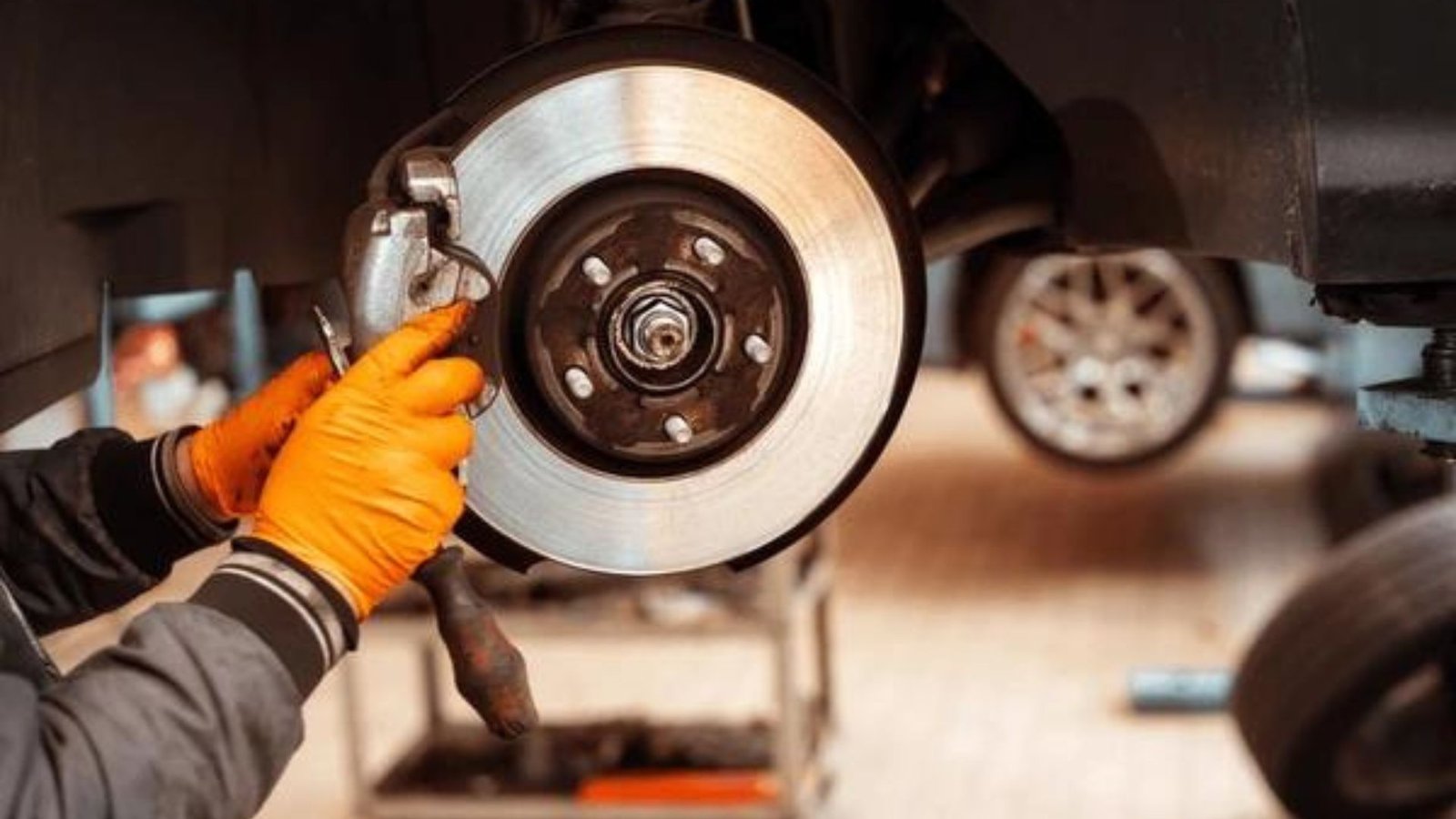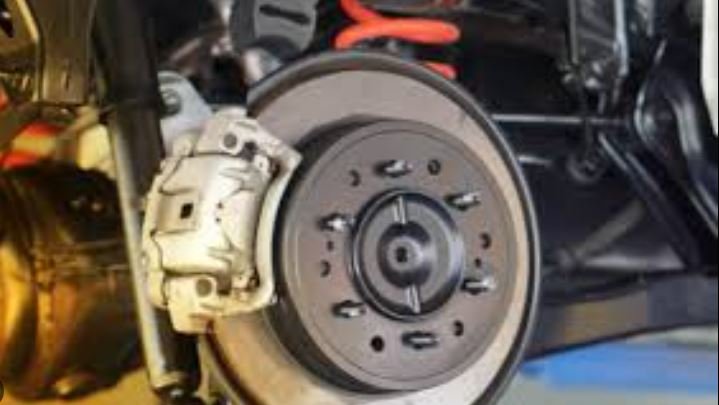Understanding the lifespan of brake pads is essential for maintaining optimal braking performance and ensuring vehicle safety. Brake pads are critical components of your vehicle’s braking system, and knowing how long they last and when to replace them can help prevent accidents and costly repairs. This guide provides insights into brake pad lifespan, factors affecting it, and tips for extending their life.

1. What Determines Brake Pad Lifespan?
The lifespan of brake pads varies based on several factors, including driving habits, road conditions, and vehicle type. Generally, brake pads can last between 30,000 and 70,000 miles, but this range can vary. Understanding the key factors influencing brake pad wear can help you gauge when replacements might be needed.
2. Driving Habits Impact
Aggressive driving habits, such as rapid acceleration and hard braking, can significantly reduce brake pad lifespan. Frequent stop-and-go driving and high-speed braking put extra strain on the brake pads, causing them to wear out more quickly. Adopting smoother driving habits can help extend the life of your brake pads.
3. Types of Brake Pads
Different types of brake pads have varying lifespans. For example:
- Organic Pads: Made from materials like rubber and carbon, these pads typically have a shorter lifespan but offer quieter operation.
- Semi-Metallic Pads: Contain metal particles that provide better performance and durability, making them suitable for heavy-duty use.
- Ceramic Pads: Known for their long lifespan and quiet operation, ceramic pads are often used in performance vehicles and luxury cars.
4. Signs of Worn Brake Pads
Monitoring the condition of your brake pads is crucial. Common signs of worn brake pads include:
- Squeaking or Squealing Noises: A high-pitched noise when braking often indicates that the pads are worn and need replacing.
- Grinding Sounds: If you hear a grinding noise, it may signal that the pads are excessively worn and the metal backing is making contact with the rotors.
- Vibrations: Pulsations or vibrations in the brake pedal can indicate uneven wear or other issues with the brake pads.
5. Regular Inspections
Regular inspections of your brake pads can help you stay ahead of potential problems. Check the thickness of the pads and look for any signs of damage or wear. Most mechanics recommend inspecting brake pads every 10,000 to 15,000 miles or during routine maintenance checks.
6. Driving Conditions and Brake Pad Wear
Driving conditions play a significant role in brake pad wear. For instance:
- City Driving: Frequent braking in city traffic can cause pads to wear out faster compared to highway driving.
- Mountain Driving: Driving on hilly or mountainous terrain places extra stress on brake pads due to constant braking and higher loads.
7. Impact of Vehicle Load
Carrying heavy loads or towing can accelerate brake pad wear. The increased weight puts more strain on the braking system, leading to faster pad degradation. If you frequently carry heavy loads, consider upgrading to high-performance brake pads designed to handle additional stress.
8. Importance of Quality Parts
Using high-quality brake pads can influence their lifespan and performance. Opt for reputable brands and ensure that the brake pads are compatible with your vehicle’s specifications. Quality pads offer better durability and performance, contributing to overall safety.
9. Replacing Brake Pads
When it’s time to replace brake pads, it’s essential to address the issue promptly. Replacing worn pads prevents damage to the rotors and ensures reliable braking performance. Consult with a professional mechanic to choose the right type of brake pads for your vehicle and driving needs.
10. Maintaining Brake System Health
In addition to replacing brake pads, maintaining overall brake system health is vital. Regularly check and replace brake fluid, inspect rotors, and address any issues with the braking system. Proper maintenance helps extend the life of your brake pads and ensures safe driving.
Conclusion
Understanding brake pad lifespan and factors affecting wear is crucial for maintaining vehicle safety and performance. By adopting smooth driving habits, regularly inspecting brake pads, and using quality parts, you can extend the life of your brake pads and ensure reliable braking. Stay attentive to signs of wear and perform regular maintenance to keep your braking system in top condition.




